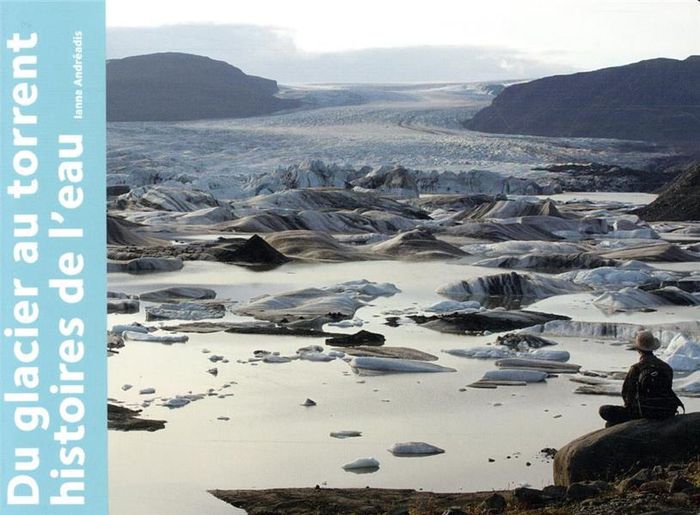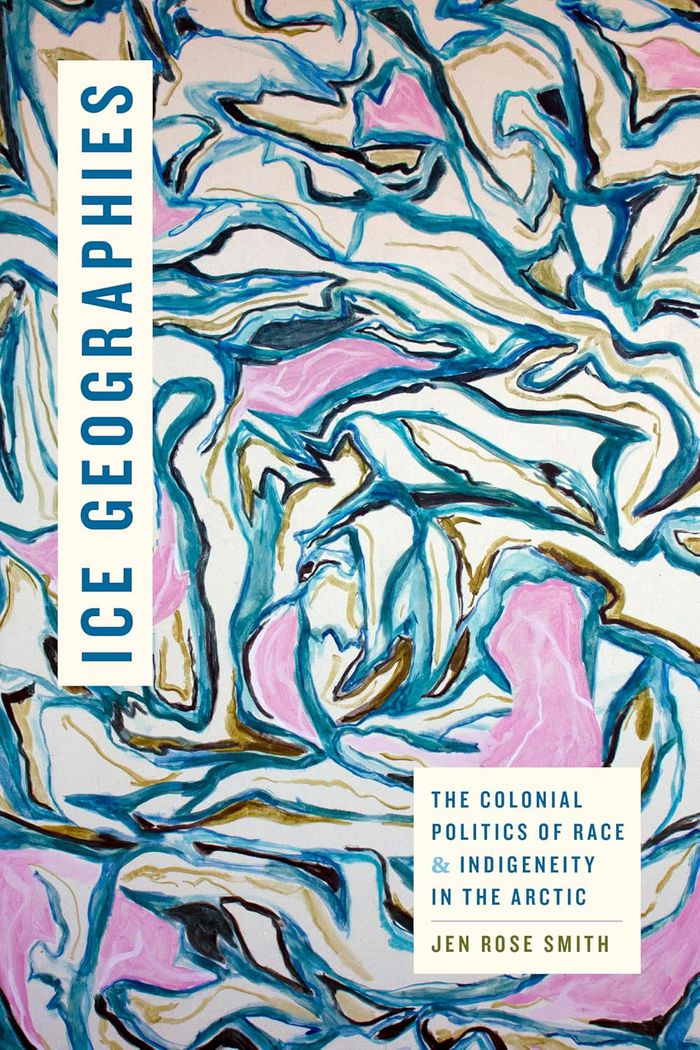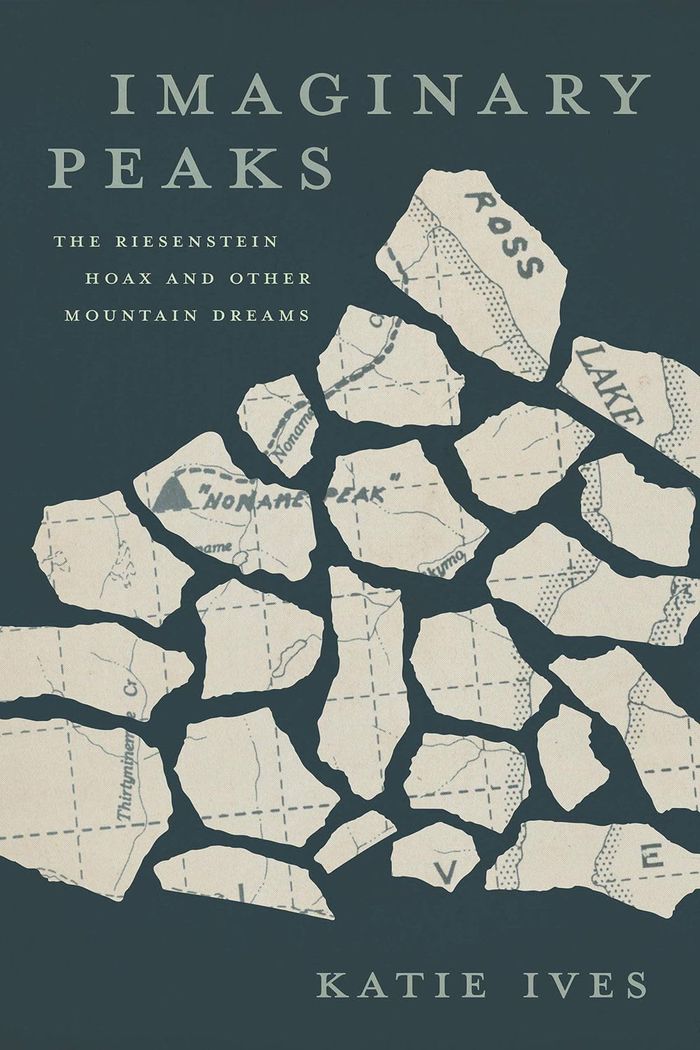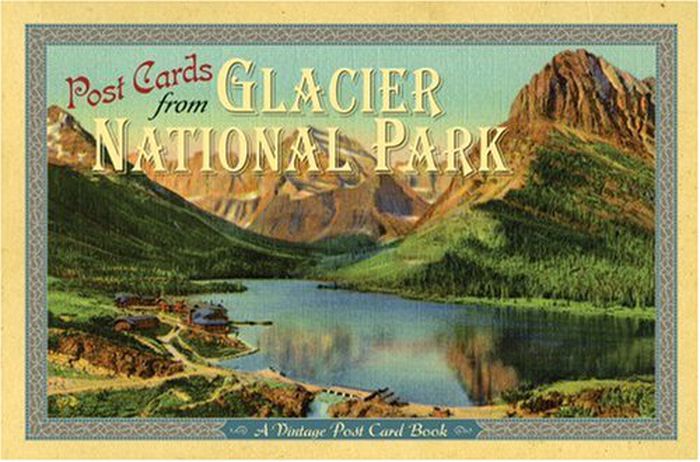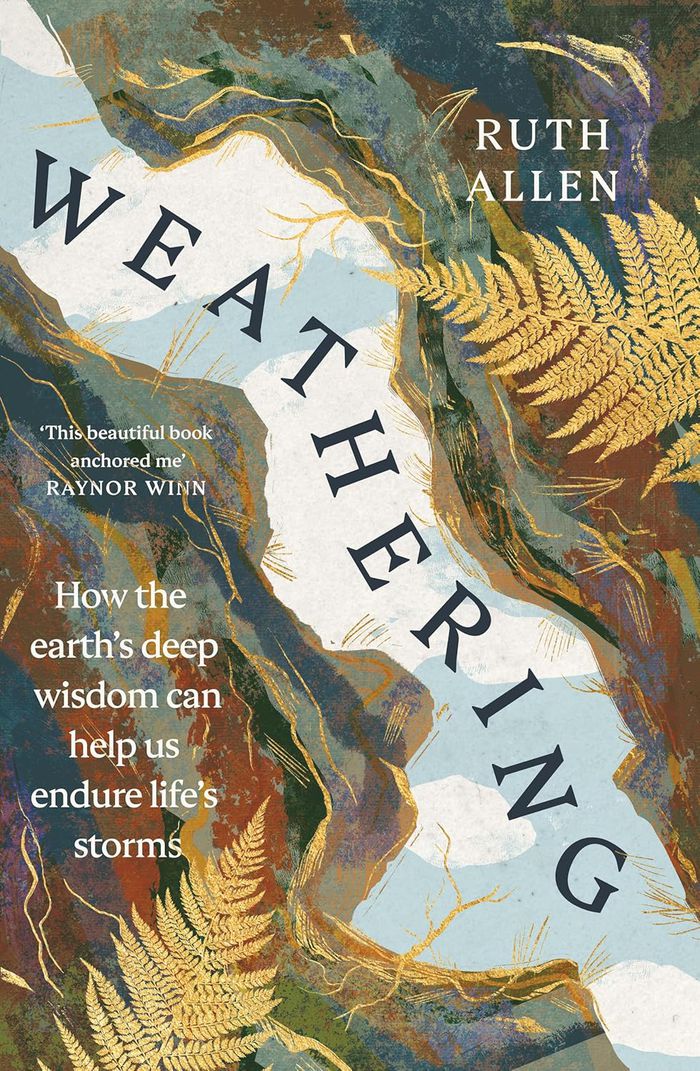books
$32.95
(available to order)
Summary:
This anthology addresses the challenges of curating, presenting, and preserving new-media art—artworks that use digital technologies as media and emphasize process over object. As an art form that is inherently time based, dynamic, interactive, collaborative, customizable, and variable, new-media art resists objectification. It boldly challenges the traditional art(...)
New media in the white cube and beyond
Actions:
Price:
$32.95
(available to order)
Summary:
This anthology addresses the challenges of curating, presenting, and preserving new-media art—artworks that use digital technologies as media and emphasize process over object. As an art form that is inherently time based, dynamic, interactive, collaborative, customizable, and variable, new-media art resists objectification. It boldly challenges the traditional art world's customary methods of presentation and documentation as well as its approach to collection and preservation. Edited and introduced by Christiane Paul and featuring contributions by prominent practitioners—institutional and independent curators, theorists, and conservators—this volume charts developments in an exciting field and addresses the conceptual, philosophical, and practical issues of both curating and presenting new-media art.
books
October 2008
$57.95
(available to order)
Summary:
Nomeda and Gediminas Urbonas produce interactive projects exploring the conflicts and contradictions of former Soviet republics and their recent transition to capitalism. Born in Lithuania and now living in Vilnius, these artists use the city as a catalyst and a starting point for their analysis of the various impacts caused by a new economic, social and political model(...)
May 2008, Barcelone
Nomeda and Gediminas: devices for action
Actions:
Price:
$57.95
(available to order)
Summary:
Nomeda and Gediminas Urbonas produce interactive projects exploring the conflicts and contradictions of former Soviet republics and their recent transition to capitalism. Born in Lithuania and now living in Vilnius, these artists use the city as a catalyst and a starting point for their analysis of the various impacts caused by a new economic, social and political model on different sectors and generations in society. Developping over different stages, their projects are characterised by the key role played by the idea of the archive, the engagement of experts in different fields (design, music, architecture), and the participation of diverse communities and collective actions. This catalogue of their recently held first retrospective documents all their projects up to date, includes two essays by Bartomeu Mari and Lars Bang Larsen, a biography, and a list of works in the exhibition.
$82.00
(available in store)
Summary:
Limited edition . 1500 copies As a model maker Gilian Schrofer must not only take into account the scale and the size of the model, but also the amount of work involved, the desire for details – or lack thereof, and the balance between the physical realisation of a design versus the level of abstraction. Schrofer's dedication to this level of complexity in the(...)
June 2008, Amsterdam
Models of concern: a selection of interior models
Actions:
Price:
$82.00
(available in store)
Summary:
Limited edition . 1500 copies As a model maker Gilian Schrofer must not only take into account the scale and the size of the model, but also the amount of work involved, the desire for details – or lack thereof, and the balance between the physical realisation of a design versus the level of abstraction. Schrofer's dedication to this level of complexity in the realisation of his scale models has brought him a growing group of clients from different creative areas. Here 93 of his models produced between 2003 and the present are documented in full colour, accompanied by production details and an essay.
books
London Orbital
$20.00
(available to order)
Summary:
Encircling London like a noose, the M25 is a road to nowhere, but when Iain Sinclair sets out to walk this asphalt loop - keeping within the 'acoustic footprints' - he is determined to find out where the journey will lead him. Stumbling upon converted asylums, industrial and retail parks, ring-fenced government institutions and lost villages, Sinclair discovers a Britain(...)
London Orbital
Actions:
Price:
$20.00
(available to order)
Summary:
Encircling London like a noose, the M25 is a road to nowhere, but when Iain Sinclair sets out to walk this asphalt loop - keeping within the 'acoustic footprints' - he is determined to find out where the journey will lead him. Stumbling upon converted asylums, industrial and retail parks, ring-fenced government institutions and lost villages, Sinclair discovers a Britain of the fringes, a landscape consumed by developers. London Orbital charts this extraordinary trek and round trip of the soul, revealing the country as you've never seen it before.
books
April 2009, New York
La magie du cyanotype
$37.95
(available to order)
Summary:
Avec poésie et douceur, Carasco nous initie à l'art du cyanotype, procédé alternatif de photographie qui transforme les végétaux en de magnifiques tableaux bleu de Prusse. Entre errances contemplatives, cueillettes joyeuses, chimie et alchimie, ce livre nous invite à participer à une expérience artistique unique dans laquelle le temps est suspendu, le soleil complice, et(...)
La magie du cyanotype
Actions:
Price:
$37.95
(available to order)
Summary:
Avec poésie et douceur, Carasco nous initie à l'art du cyanotype, procédé alternatif de photographie qui transforme les végétaux en de magnifiques tableaux bleu de Prusse. Entre errances contemplatives, cueillettes joyeuses, chimie et alchimie, ce livre nous invite à participer à une expérience artistique unique dans laquelle le temps est suspendu, le soleil complice, et l'eau magicienne. En explorant la technique du cyanotype, vous apprendrez à écouter la nature, à respecter ce qui vous entoure, à jouer avec les éléments au fil des saisons et à maintenir ainsi un lien fort et puissant avec le vivant.
Current Exhibitions
$21.95
(available in store)
Summary:
Découvre l'eau dans tous ses états, tout autour du monde ! Des glaciers aux torrents, de la rivière à la mer, du brouillard au givre, de l'écume aux nuages, des nuages à la pluie, du ruisseau à la fontaine... l'eau, essentielle à la vie, est en perpétuel mouvement !
Du glacier au torrent : Histoire de l'eau
Actions:
Price:
$21.95
(available in store)
Summary:
Découvre l'eau dans tous ses états, tout autour du monde ! Des glaciers aux torrents, de la rivière à la mer, du brouillard au givre, de l'écume aux nuages, des nuages à la pluie, du ruisseau à la fontaine... l'eau, essentielle à la vie, est en perpétuel mouvement !
Current Exhibitions
$36.95
(available in store)
Summary:
Ice animates the look and feel of climate change. It is melting faster than ever before, causing social upheaval among northern coastal communities and disrupting a more southern, temperate world as sea levels rise. Economic, academic, and activist stakeholders are increasingly focused on the unsettling potential of ice as they plan for a future shaped by rapid(...)
Ice geographies: The colonial politics of race and indigeneity in the Arctic
Actions:
Price:
$36.95
(available in store)
Summary:
Ice animates the look and feel of climate change. It is melting faster than ever before, causing social upheaval among northern coastal communities and disrupting a more southern, temperate world as sea levels rise. Economic, academic, and activist stakeholders are increasingly focused on the unsettling potential of ice as they plan for a future shaped by rapid transformation. Yet, in "Ice geographies," Jen Rose Smith demonstrates that ice has always been at the center of making sense of the world. Ice as homeland is often at the heart of Arctic and sub-Arctic ontologies, cosmologies, and Native politics. Reflections on ice have also long been a constitutive element of Western political thought, but it often privileges a pristine or empty "nature" stripped of power relations. Smith centers ice to study race and indigeneity by investigating ice relations as sites and sources of analysis that are bound up with colonial and racial formations as well as ice geographies beyond those formations. Smith asks, How is ice a racialized geography and imaginary, and how does it also exceed those frameworks?
Current Exhibitions
$40.95
(available to order)
Summary:
Author is a renowned writer in international climbing community Fascinating story of hoax that inspired a quest for a North American Shangri-La Vivid recounting of fabled mountains from across the world Using an infamous deception about a fake mountain range in British Columbia as her jumping-off point, Katie Ives, the well-known editor of Alpinist, explores the lure of(...)
Imaginary peaks: The Riesenstein Hoax and Other Mountain Dreams
Actions:
Price:
$40.95
(available to order)
Summary:
Author is a renowned writer in international climbing community Fascinating story of hoax that inspired a quest for a North American Shangri-La Vivid recounting of fabled mountains from across the world Using an infamous deception about a fake mountain range in British Columbia as her jumping-off point, Katie Ives, the well-known editor of Alpinist, explores the lure of blank spaces on the map and the value of the imagination. In Imaginary Peaks she details the cartographical mystery of the Riesenstein Hoax within the larger context of climbing history and the seemingly endless quest for newly discovered peaks and claims of first ascents. Imaginary Peaks is an evocative, thought-provoking tale, immersed in the literature of exploration, study of maps, and basic human desire.
Current Exhibitions
$16.95
(available to order)
Summary:
Bring home a piece of Glacier National Park history with this collection of 23 authentic postcards from the early twentieth century. Enjoy as a book, or remove cards along the perforation and mail.
Postcards from Glacier National Park: A vintage postcard book
Actions:
Price:
$16.95
(available to order)
Summary:
Bring home a piece of Glacier National Park history with this collection of 23 authentic postcards from the early twentieth century. Enjoy as a book, or remove cards along the perforation and mail.
Current Exhibitions
Weathering
$41.00
(available to order)
Summary:
Rocks and mountains have withstood aeons of life on our planet - gradually eroding, shifting, solidifying, and weathering. We might spend a little less time on earth, but humans are also weathering: evolving and changing as we're transformed by the shifting climates of our lives and experiences. So, what might these ancient natural forms have to teach us about resilience(...)
Weathering
Actions:
Price:
$41.00
(available to order)
Summary:
Rocks and mountains have withstood aeons of life on our planet - gradually eroding, shifting, solidifying, and weathering. We might spend a little less time on earth, but humans are also weathering: evolving and changing as we're transformed by the shifting climates of our lives and experiences. So, what might these ancient natural forms have to teach us about resilience and change? In a stunning exploration of our own connection to these enduring forms, outdoor psychotherapist and geologist Ruth Allen takes us on a journey through deep time and ancient landscapes, showing how geology - which has formed the bedrock of her own adult life and approach to therapy - can offer us a new way of thinking about our own grief, change and boundaries.
Current Exhibitions



